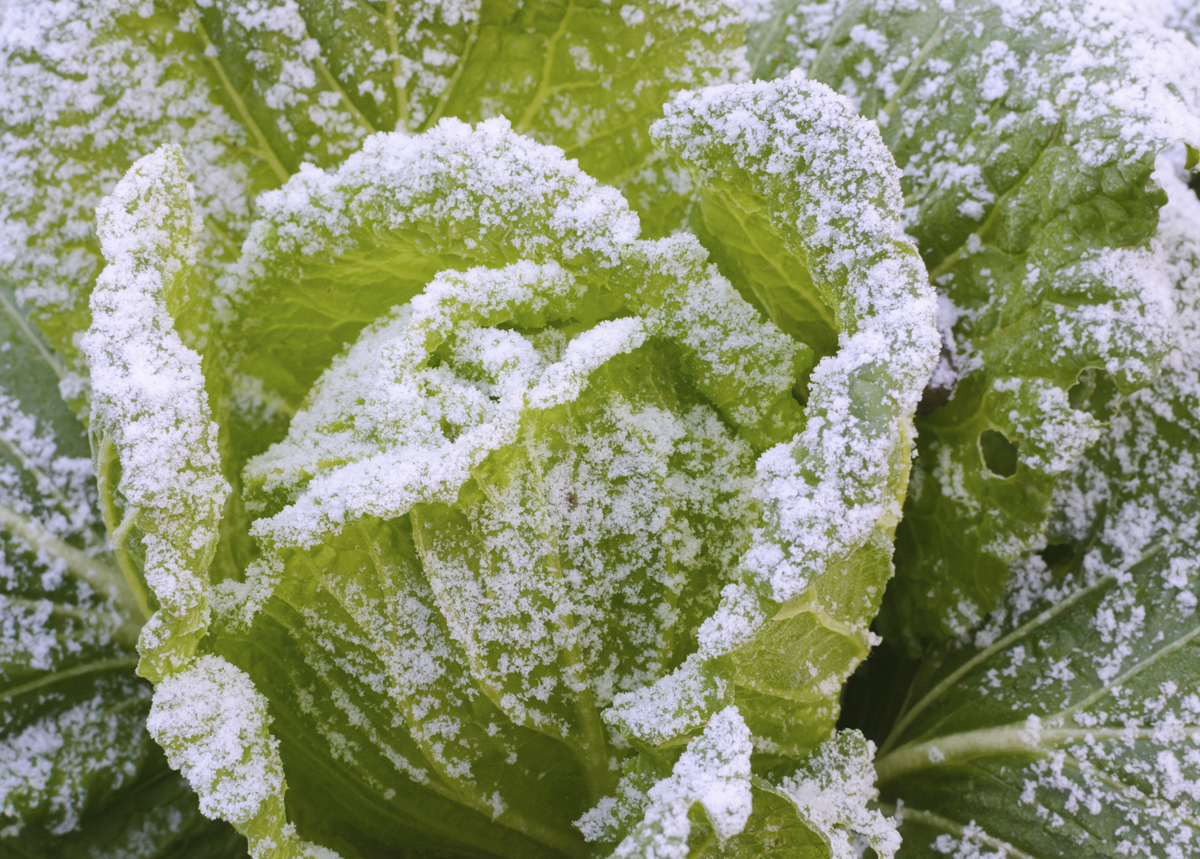December and January is a good time to plan your vegetable growing or allotmenteering for the season ahead…
There is plenty to think about including crop rotation, which crops you would like to grow, preparation of the soil, and ordering your seeds early.

Crop rotation
Crop rotation is a vital part of the planning process as you need to move your crops around and ensure that you don’t plant the same thing in the same place in successive years. Doing this could lead to problems in the soil due to diseases and pests appearing which are specific to that crop. Moving them around prevents this from happening and encourages the balance of nutrients if they have been reduced or increased. Turning the soil with a tiller will ensure the redistribution of nutrients; the Mantis Classic Tiller is one of the lightest on the market, making the labour effortless. Aim for a four year program, which is widely thought to be the most effective, and plant using the below as a guide:
It’s a good idea to keep a diary of when and where you have planted your crops, as well as how successful they were in that position. This removes the guess-work when trying to remember what worked for you.
Crop Selection
When deciding what you are going to grow, go for what the family is most likely to enjoy. There is nothing wrong with trying something new, but avoid growing something that you will end up throwing away or trying to palm off on friends and family.
Once you know what vegetables you want to grow, think about the varieties that you want. There are hundreds of types of most vegetables and it may be a case of trial and error to find the ones that suit you and your family the best.
Always buy good quality seeds, as cheaper ones can sometimes be substandard and you won’t get the results you hoped for. Shop at a reputable seed supplier such as Chiltern Seeds to ensure their quality. Ensure you get your order in early so that the seeds arrive in time for you to plant them as soon as the season begins.
Preparing the area
Keep the area clear of debris and weeds throughout the colder months so that there is less work to do when spring arrives.
Putting well-rotted manure down will ensure there are plenty of nutrients in the soil for the growing season. There is no need to dig it over, just lay it on the surface around 2-3 inches thick, leave it alone and it will nourish and safeguard the soil until the spring.





